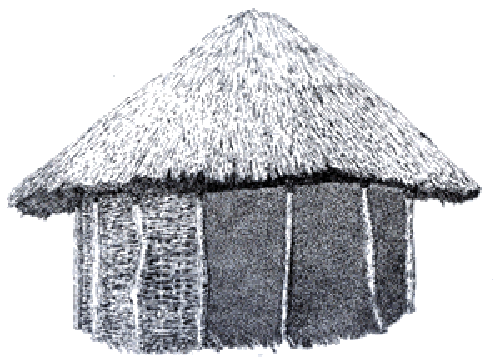

Malawi Vernacular Architecture
Documentation for Preservation
Project
This project began in 1997 when I was a Peace Corps volunteer serving in Zambia. I was given the opportunity to travel the entire country, documenting the vernacular architecture and creating a web page.
Zambia vernacular architecture
Since those Peace Corps days, I have followed African vernacular architecture on line. I was surprised by just how little information there was available. I would periodically find books available for purchase but my goal was to find information free on line, at no cost.
To confirm my observations about the lack of information available, I decided to blog about anything and everything that covered African vernacular architecture, starting in April 2013. Averaging about a blog every three days, I incorporated various articles, images, thesis papers, You tube videos, again anything related to African vernacular architecture.

My blogging experience supported my observations - there still was very little information on line. I expanded my search to use Linked In to connect with people interested in African vernacular architecture. My initial invitation stated:
I launched an online fundraising campaign (Indie Gogo) to raise the money to travel to and document the vernacular architecture in Malawi.


African vernacular architecture blog
"I am a registered architect with a passion for African vernacular architecture. I wish to connect with others with similar interests to preserve African vernacular architecture before it vanishes. The overall goal is a database, which currently does not exist online for most African countries."
I sent invites out with no inhibitions, if there was one small possible connection, it was sent. I connected with architects, urban planners, professors, students, heritage experts... people in the UN, USAID, UNESCO, ICOMOS, World Bank... .
Once a contact was made, I followed up, asking if they knew of any sources on line, existing data bases or even a slide collection. Message after message came back, saying they knew of no such information.
Spreadsheet to organize my 1,400 connections on Linked In.

With a growing awareness that my concern was real, about undocumented architectural traditions, I committed myself to travel to Africa to document this vanishing cultural element.
Join my network on Linked In
This is the video explaing the Indi Gogo campaign.
I tried to apply for grant money and/ or connect with an organization that could back the project. That was not a sucessful search.




